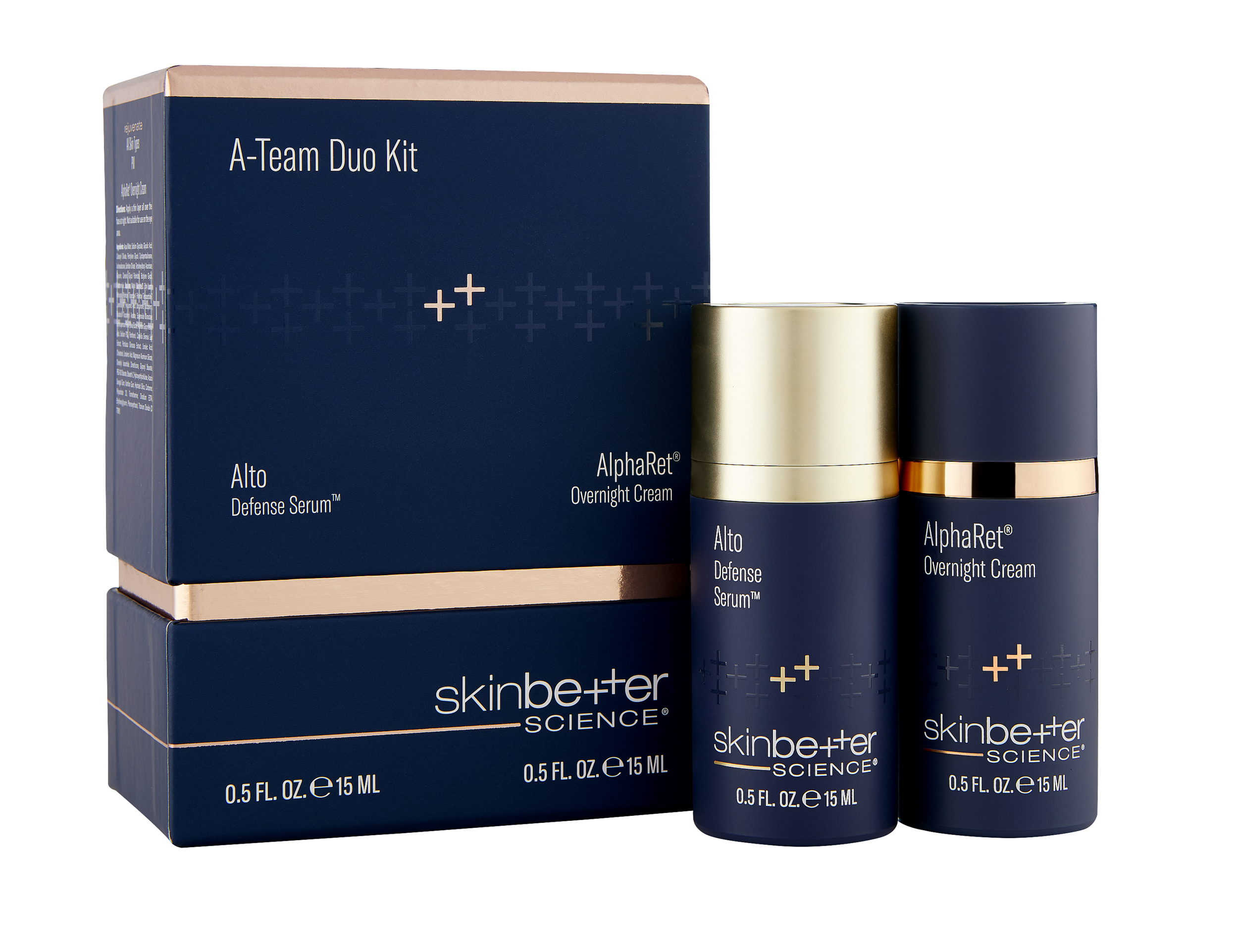April is Rosacea Awareness Month
so lets dive into the facts - there are four clinical subtypes to help diagnose and treat:
Erythematotelangiectatic Rosacea: redness, flushing, and dilated blood are associated with erythematotelangiectatic rosacea. This form of the skin condition may progress to visibly dilated capillaries or blood vessels.
Papulopustular Rosacea: acne-like breakouts
Phymatous Rosacea: skin typically thickens and has a granulomatous texture.
Ocular Rosacea: affects your eyes and eyelids, causing them to become red and irritated.
An estimated over 16 million Americans have this skin condition; Although rosacea has somewhat distinct symptomatology, mainly related to recurrent episodes of flushing, persistent erythema, inflammatory papules/pustules, telangiectasia, and sometimes stinging or burning pain usually at the center of the face; the skin composition of this area distinguishes itself because of a higher sebaceous glands’ concentration as well as dense nerval and vascular networks, some conditions vary from person to person according to -almost- infinite combinations of factors, therefore, it’s very important to get the right diagnosis and hopefully in an early stage so the best treatment can be tailored.
While it is a chronic inflammatory disorder, there are various ways to treat and reduce symptoms:
* Mild-to-moderate rosacea can often be treated with prescription topical medications like metronidazole, ivermectin, niacinamide, azelaic acid, and sulfur.
* Prescription oral medications include oral antibiotics, specifically the tetracycline class, like a Low-dose doxycycline is used because of its anti-inflammatory benefits, and it is a first-line therapy for ocular rosacea as well.
* Avoid Triggers: These include sunlight, stress, heat, exercise, alcohol, spicy foods, cold temperatures, and topical steroids.
* Vascular lasers and intense pulsed light devices have been the go-to in my practice, They work by targeting hemoglobin in the blood vessels that are responsible for flushing therefore reducing redness and telangiectasias.
* Using non-irritating products in your skincare = Jan Marini has some of my products that target and work well with rosacea.
Give us a call to get your skin on the right track!
Microbotox Treatments
Three of the top facial skin concerns worldwide include acne, rosacea, and enlarged pores, some cases of which are so extreme that they affect a person’s confidence and well-being.







